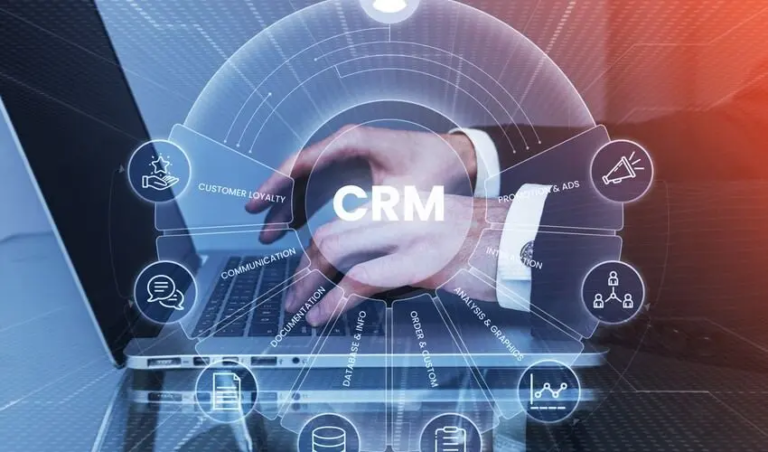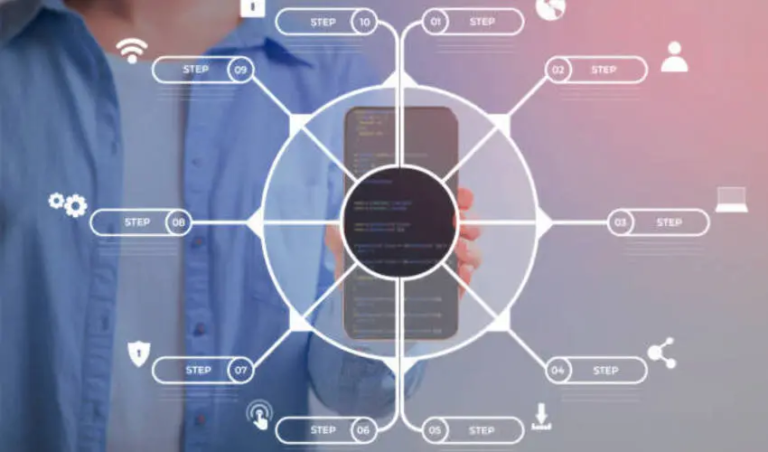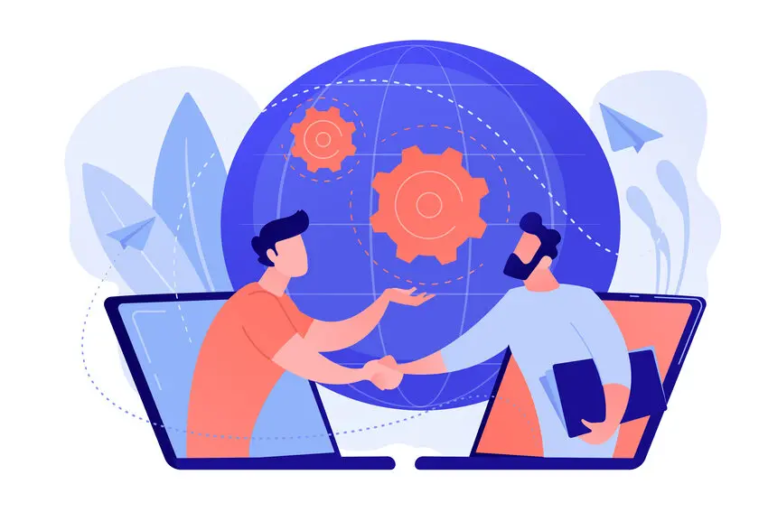The customer relationship management (CRM) software is projected to reach $48 billion by 2024. The growth is expected to continue, with an annual increase of 9.52% from 2024 to 2028. According to Statista, the average spending per employee is projected to reach $191 in 2024.
This proliferation continues to demonstrate the significant role of CRM in modern business operations and its increasing adoption across industries worldwide.
Introduction
There have been important transformations in company plans towards customer relationships. CRM software now serves as an important element in improving customer experience. This shows that custom CRM development services are very important. The in-depth understanding of CRM and best practices for applying, adopting, and integrating this tool becomes important.
CRM As An Important Pillar of Customer Service Excellence
Main Knowledge Base
A top-notch CRM allows flawless data sharing across teams. This decreases response times and enhances support quality. It also highlights the significance of these knowledge-sharing capabilities while choosing a solution.
Proactive Support
CRM information can assist support teams in forecasting and addressing early customer problems. It also decreases frustration. It enables teams to analyze previous purchases and topics to provide customized and proactive support. Organizations demonstrating that they can resolve complexities prior to escalating underline their customer satisfaction dedication. Therefore, forward-thinking service enhances customer experience.
Omnichannel Communication
CRM systems make flawless communication across social media, phone calls, and emails. Each message is traced and managed, guaranteeing that all things get noticed. Omnichannel support enables businesses to offer a customized and flawless experience, while people can benefit from the convenience.
Harnessing CRM Data For Growth
Data-Driven Decision Making
CRM analytics converts raw customer information into actionable insights to assist you in comprehending trends, preferences, and customer behavior. It allows you to ensure to utilize these insights to inform your decisions and plans. Pinpoint growth plans, maximize resource allocation, and rapidly adapt to market transformations.
Metrics That Matter
Concentrating on important metrics to trace your business performance. You must start by observing sales conversion rates to maximize your sales funnel. This is followed by keeping in consideration customer churn to identify and resolve possible problems. It allows you to calculate customer lifetime value (CLV) to give significance to high-value customers and allocate resources impactfully.
Plans For Action
CRM can be incorporated to predict sales trends and strategize your inventory accordingly. With this information, you can customize your marketing plans based on customer behavior and preferences. Then divide your audience and customize your messaging for optimum effect, pinpointing the most effective tactics and channels. These insights can assist you to prioritize leads and concentrate your efforts on the extremely promising opportunities. You must ensure that you must continuously observe and adjust your plans based on the latest information.
Organizing Processes With CRM Integration
Advantages Beyond CRM
You can also amalgamate your CRM with enterprise resource planning software (ERP) and marketing techniques to unlock customer insights, data accuracy, and efficiency. Therefore, it is extremely recommended to organize your operations by joining these systems. This can assist you in eliminating manual data entry and data silos and attain an in-depth view of your consumers across all touchpoints.
Selecting Compatible Mechanisms
Guarantee this flawless integration by selecting compatible mechanisms with your CRM. Find tools that provide robust APIs and native integrations. When assessing, consider your particular business requirements and the solution’s scalability. You can consult with your integration specialists and CRM provider to pinpoint the best options for your company.
Practical Steps
When you start as a CRM provider, first define your requirements and integration objectives. Draw the data flow between the mechanisms and pinpoint the main data points that need to be synchronized. After creating it, you can follow your documents from your CRM provider and consult their support team for further guidance. Then assess in-depth integration to guarantee system stability and data precision prior to rolling it out. Finally, offer training to your team to guarantee that they can rely on the integrated systems effectively.
How To Overcome Adoption Difficulties?
Rewarding and applying a CRM system can be extremely ambiguous. Therefore, it is important to forecast and resolve possible roadblocks to guarantee a flawless rollout and strategic adoption.
One complexity we witness is that customers encounter poor data quality. Only precise, duplicate, and complete data can assist the effectiveness of your CRM and lead to precise insights. To eliminate this, clear data governance rules must be developed from the outset. Write down data entry standards and educate your team on best practices. You must consider data authentication policies within your CRM to reduce human mistakes. s
Another ambiguity is user adoption. We have witnessed resistance to transformation, and insufficient training can lead to suboptimal ROI and lower user rates. You must create training programs that cover the technical aspects of CRM and highlight the advantages of every particular role. Show the way CRM can organizeitsr tasks, improve productivity, and lead to entire business success.
After an initial introduction, it is significant to offer continuous support and resources to guarantee strategic adoption. To attain this, you can allocate CRM champions within every department to provide assistance and guidance. You must consider developing a knowledge base with best practices, FAQs, and tutorials. Allow open communication and feedback to pinpoint and resolve any mistakes promptly.
While complexities may arise during adoption and implementation, proactive addressing them with continuous support, robust training, and a concentration on user engagement can guarantee strategic success.
Frequently Asked Questions (FAQs)
What does CRM stand for?
It stands for Customer Relationship Management.
What is meant by CRM?
CRM (Customer Relationship Management) software is a tool that helps businesses manage interactions with customers and potential customers. It centralizes customer data, streamlines processes, and improves relationships.
What are the key features of CRM?
- Customer Data Management
- Sales Management
- Marketing Automation
- Customer Service
What are the benefits of CRM?
- Improved Customer Insights
- Enhanced Customer Relationships
- Increased Efficiency
- Better Decision-Making






